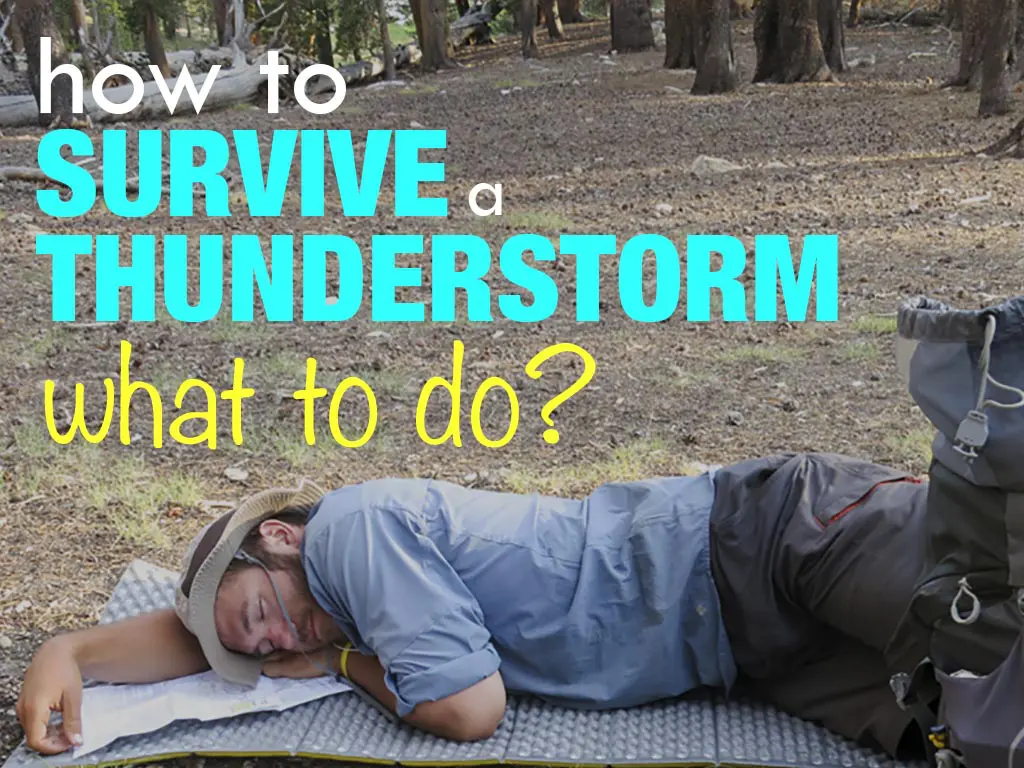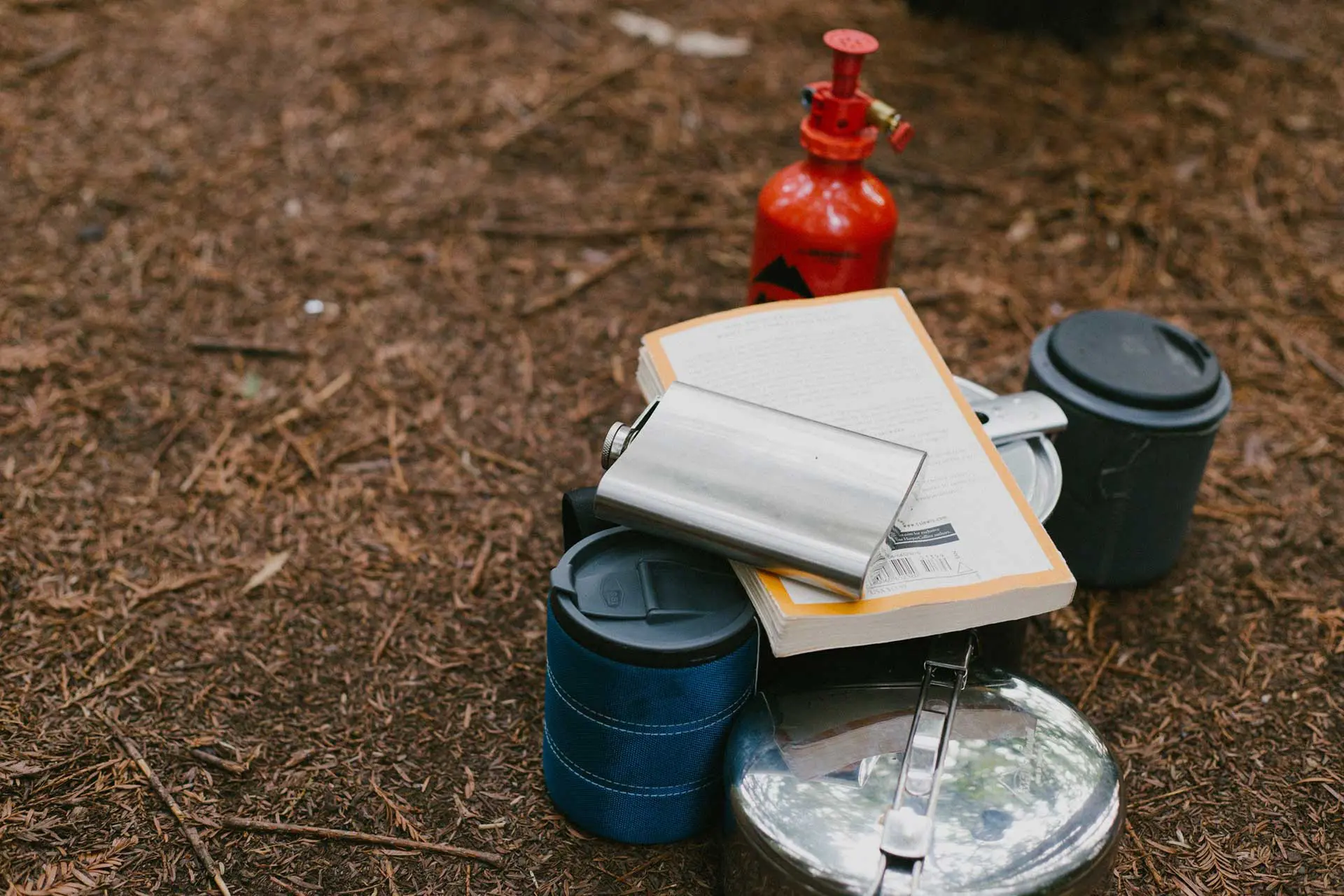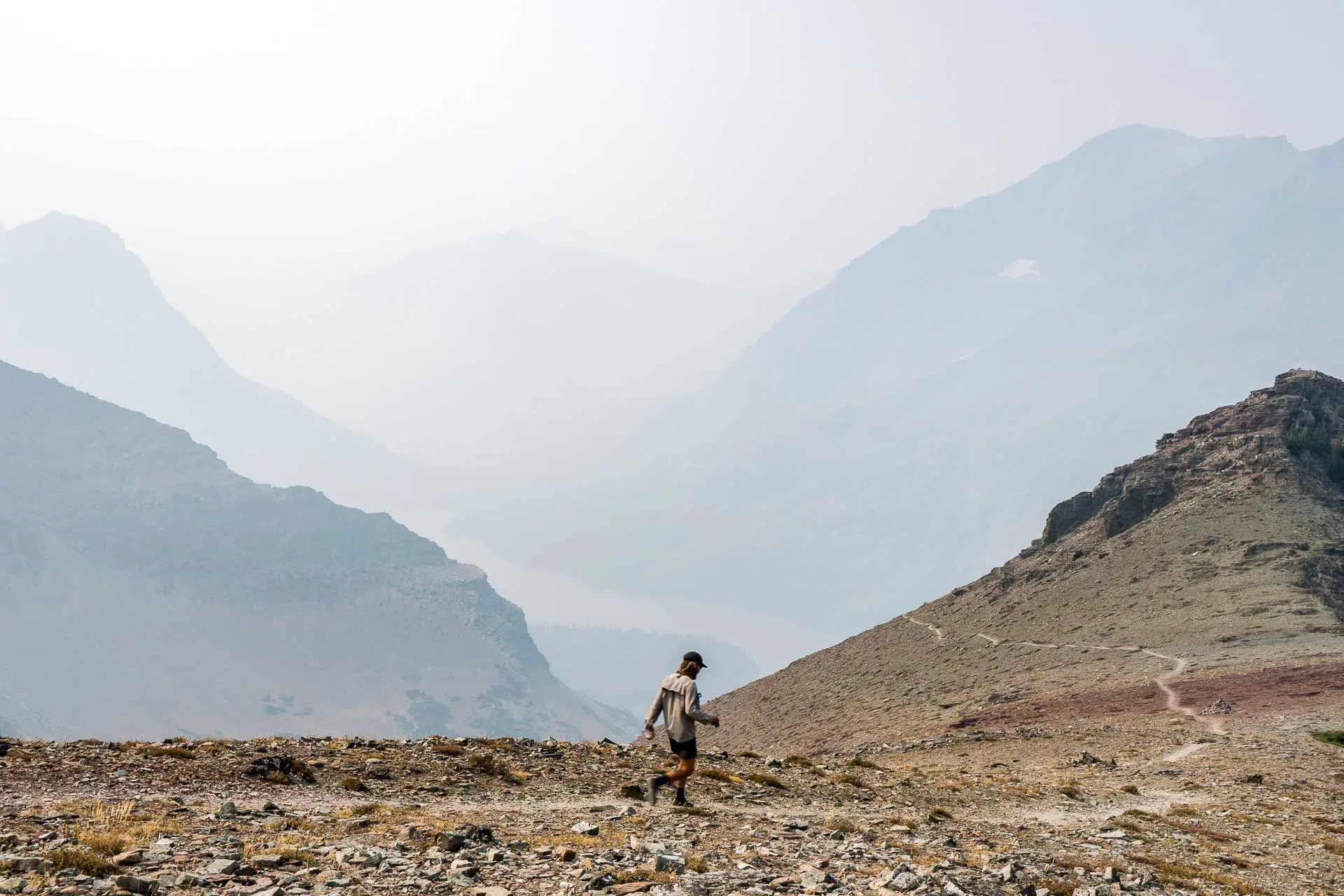How To Survive A Thunderstorm: What To Do (Part 4 of 4)
So there’s good news and bad news, which do you want first?
Bad news? Alright.
The bad news is (and I’ve mentioned this many times before), that there is no safe place outdoors during a thunderstorm. You cannot do anything to guarantee your safety, only things to marginally improve your situation.
The good news?
Well, there really isn’t any good news.
Sorry.
When you read the lists of “places to avoid”, it really reinforces the idea that there is no safe place outdoors during a thunderstorm.
These lists usually look something like this: avoid high elevations, open fields, tall isolated objects, water, ridgelines, cave entrances, and overhangs.

Thunderstorm Survival: Plan A
Yes, I know I already said this, and yes, I know I already expressed my frustration with being told this by other resources, but honestly, the best thing you can do if caught in a thunderstorm if at all humanly possible, is get your ass indoors.
So, Thunderstorm Survival, Plan A? Get inside. No joke (you can finish your game of croquet later).
Your ideal shelter is a large enclosed building or car (avoid touching glass or metal). Open coverings and rain shelters will not protect you from lightning, they’ll only attract it.

If you make it inside a building, stay away from windows (they can explode if lighting strikes them). Also, remember that concrete floors and walls often contain wire mesh capable of conducting electricity – also stay away.
If you’re in a boat, then get the hell out of the water. But should this be impossible, better to stay in the boat than get yourself into the water (getting knocked unconscious in the water and drowning would not be fun).
There are effectively three levels of danger associated with areas in the backcountry when it comes to lightning, but all of them are still very dangerous and nowhere near as safe as being indoors:
- YOU’RE GOING TO GET STRUCK | Mountain summits, hilltops
- YOU’RE PROBABLY GOING TO GET STRUCK | Near tall trees (or any relatively tall object), in a broad open area, on a ridge or pass, on a boat or near water, at the entrance of a cave or under an overhang
- YOU’RE SAFER, BUT STILL FUCKED | Beneath a group of trees or bushes that are not the tallest in the area or in a ravine

Thunderstorm Survival: Plan B
Now we enter the realm of useful information for our interrupted backcountry adventures.
Before diving in, remember that there is no safe place outdoors during a thunderstorm. The measures described below are simply a means of reducing your risk of being struck by lightning, not eliminating said risk (you’re done for).
In all the cases above, the windward side of mountains (the side the storm is approaching from) is a more dangerous place to be if you absolutely have to choose.
If caught in a storm with no way of getting yourself inside, you should do/avoid/not do the following:
THINGS TO AVOID
- High elevations (ridges, mountain summits, tree tops)
- Large open spaces (meadows, plains, soccer fields)
- Tall, isolated objects (lone trees, obelisks, titans)
- Water (lakes, rivers, inflatable pools)
THINGS TO DO
- Get to the lowest elevation you can – avoid hilltops, ridges, and open fields (basically get into a wooded valley or cave).
- Spread out 50-100 ft / 15-30 m from anyone else in your group – lightning current can travel through the ground and strike multiple objects (and it’s better that just one of you goes down).
- Minimize your footprint by squatting with your feet together, your head tucked to your chest or between your knees, and your hands over your ears or flat on your knees (apparently physics says this uncomfortable position will help to channel lightning away from your vital organs in the case that you’re struck, but the usefulness of this position is debated).
- If in a forest, then hide yourself among the shortest group of trees you can, but stay away from their trunks (What? How? JUST DO IT!).
- If possible, find a cave and get inside as quickly as possible since the entrance to caves can be dangerous in thunderstorms (caves are not to be confused with overhangs, which can be very dangerous).
- If you are in a large open area, then get to the lowest point possible (good luck).
- If you’re in the water – get the hell out of and away from the water.
- If you have a foam pad or a pack, sit or crouch on it in the “please don’t strike me” lightning position.

THINGS TO NOT DO
- Don’t lie down – this gives lightning a larger target to hit (so if you lie down, just cross your arms over your chest and prepare to breathe your last breath).
- Don’t set up your tent. As much as it may sound logical to set up and crawl inside your tent, this will only give lightning a larger target (and probably break the “don’t lie down” rule).
- Don’t climb up hills or attempt to make it over that pass before the storm arrives.
- Don’t get into the water (and if you need to be told this, then I hope you’re paying close attention).
THINGS THAT MEAN YOUR TIME HAS COME
- Your hair standing on end may indicate that you are about to be struck – ASSUME THE LIGHTNING CROUCH (and pucker your butthole).
- If light metal objects begin vibrating you may be about to experience a lightning strike (why are you still next to metal?!) – ASSUME THE LIGHTNING CROUCH (and pray to your god – I hope it’s Zeus).
- Your skin beginning to tingle can also indicate that a lightning strike is imminent – ASSUME THE LIGHTNING CROUCH (and make sure to get a good selfie in before you’re horribly burned and/or killed).
- Hearing a crackling sound in your head? You’re about to be struck – ASSUME THE LIGHTNING CROUCH (and stop biting your tongue).
Conclusion
So we’ve learned a lot, yes?
Now, the next time you are outdoors when you shouldn’t be, you will at least be educated enough to avoid doing things to make your situation worse (do not “finish your game/those miles/that carpentry project”).
If you have any questions, comments, or further advice then leave a comment below.
In case you missed it, How To Survive A Thunderstorm: The Basics | Prediction | The Myths






